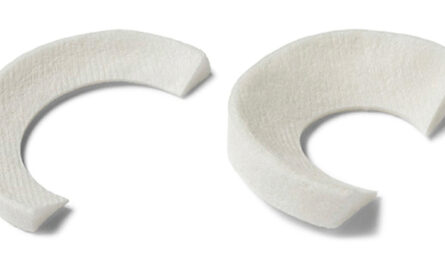
Tooth loss and dental problems have plagued humans for centuries. However, recent scientific advancements are bringing us closer to the goal of regenerating lost or damaged teeth. While completely regenerating entire teeth remains a challenge, researchers are making progress in stimulating our bodies’ natural ability for tooth renewal. This article explores the exciting developments in this field and the implications for improved oral health worldwide.
Stem Cells Hold Potential for Tooth Regeneration
Stem cell research has opened up new possibilities for medical treatments by harnessing our bodies’ innate healing abilities. Dental stem cells that reside in our teeth and surrounding tissues can potentially regenerate dentin, enamel, and other tooth structures. The key is understanding how to direct these stem cells to form the correct patterns and structures. Researchers have found that certain growth factors influence how dental stem cells develop. By delivering these biomolecules to tooth wounds or implants, scientists hope to stimulate new tooth formation. Promising early studies in rodents, pigs and non-human primates have resulted in dentin or enamel-like growths. However, more research is still needed to achieve complete tooth regeneration from stem cells alone.
Tissue Engineering Approaches Show Progress
Tissue engineering combines biomaterials, cells and signaling molecules to regenerate tissues and structures. This interdisciplinary field also shows promise for tooth regeneration. Scientists are experimenting with scaffolds—temporary structures that support cell growth. Research trials involve seeding these scaffolds with dental stem cells and growth factors before implantation. Initial small human studies using biodegradable scaffolds implanted in tooth sockets have resulted in dentin and bone formation. Other approaches involve coating dental implants with enamel or dentin-inducing substances before insertion. While full tooth regeneration remains distant, these engineered grafts could help restore some function and aesthetics lost from tooth extraction or trauma. Advances in biomaterial formulations and 3D printing may make tissue-engineered teeth a reality.
Gene Therapy May Enhance Regeneration
Gene therapy involves introducing genetic modifications to promote healing. For tooth regeneration, researchers want to develop therapies that precisely control the activity of genes and biochemical signals involved in tooth development. Initial animal studies manipulating critical tooth-forming genes through viral vectors have yielded some success in eliciting new dentin or enamel production. However, major challenges remain in translating these findings to human application. Developing safe and targeted gene therapies requires extensive further research. If these safety hurdles can be overcome, precise gene modulation holds potential to strongly induce tooth regeneration on demand from a patient’s own stem cells with minimally invasive procedures.
Regenerative Medicine Approaches Could Reduce Tooth Loss
As more progress is made in regenerating tooth structures via stem cells, tissue engineering or gene delivery methods, a variety of promising clinical applications may emerge. For example, advanced biomaterials may help regenerate lost periodontal ligaments and bone around dental implants, improving integration and durability. Growth factor-releasing scaffolds could stimulate residual tooth structures to repair small to medium sized cavities or fractures. These minimally invasive regenerative procedures may help preserve natural teeth instead of extraction. In the future, entire tooth crowns, roots or even whole teeth may potentially be regenerated from a patient’s own oral stem cells using tailored scaffolds and biological signals. This could drastically reduce the need for tooth replacement via bridges, dentures or implants. With further collaborative research between dentistry and regenerative medicine, these advances aim to enhance oral health worldwide.
Challenges Remain in Clinical Translation
While significant progress has been made in understanding tooth regeneration using animal models, many challenges remain prior to clinical implementation. Factors like species differences, disease states, immune system responses and long-term safety must still be thoroughly evaluated. Standardized in vivo models for human application need to be established. Production methods need to be scaled up for clinical translation and testing must be done to meet regulatory requirements. Cost and logistical barriers also exist for delivering these specialized therapies globally. However, if these obstacles can be navigated through additional R&D funding and international collaborations, regenerative treatments that preserve natural dentition may become a reality for patients in the near future. The future of dentistry looks bright as scientists continue pushing the boundaries of what was previously thought impossible – the regeneration of whole functional teeth.
*Note:
- Source: Coherent Market Insights, Public sources, Desk research
- We have leveraged AI tools to mine information and compile it

